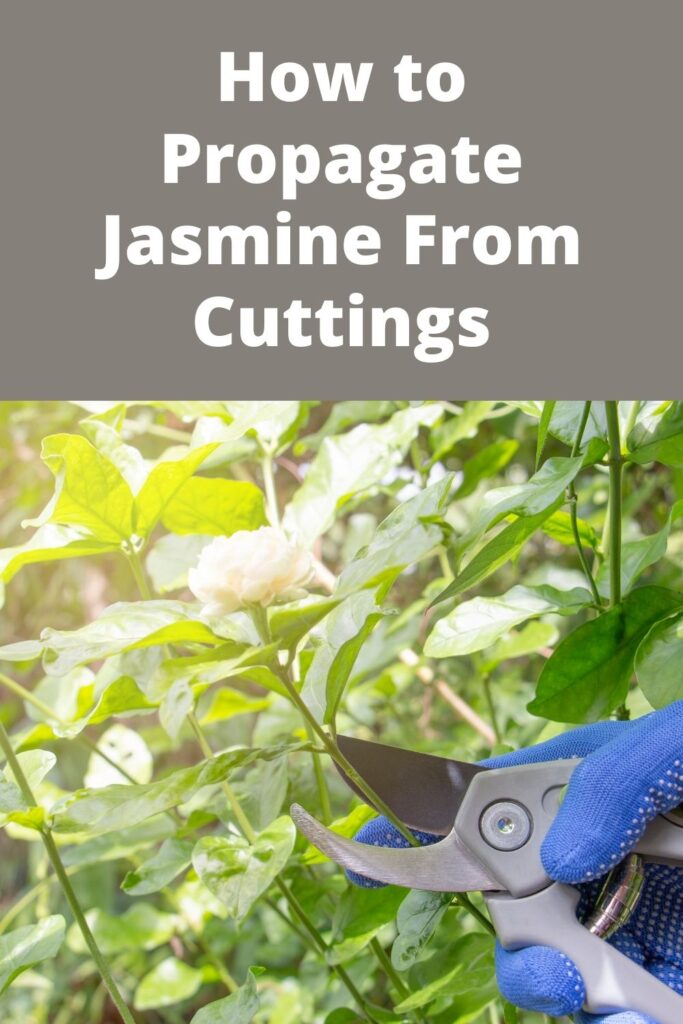Today in this article we’ll share how to propagate jasmine from cuttings easily.
Jasmines are evergreen or deciduous climbers with twining stems. They can be summer or winter flowering, with flowers that are white, yellow and occasionally red and pink.
All jasmines have small star-shaped flowers with a sweet and distinctive fragrance. Some are tender and only suitable for growing in a conservatory or greenhouse but the hardier varieties are perfect for greening up a wall or fence, provided they have wires to support them. Plant jasmine somewhere sunny, warm and sheltered, preferably near a seating area to enjoy the scent of the flowers.
How long does it take for jasmine to root in water?
How do you take a cutting from a jasmine vine?
When to Cut
Because jasmine blooms from spring through fall, it benefits from heavy pruning after that time. Save some of the cuttings from pruning to use for propagation. Cuttings from semi-hardwoods, such as jasmine, work best from stems of the current season’s growth, just after the plant blooms. Take cuttings in the morning hours when the plant is more hydrated than it is later in the day, and prepare your pot before taking a cutting so the stem will be exposed to the air for the shortest time possible.
What to Cut
To help ensure the success of your cuttings, follow these procedures:
- Using sharp pruners or flower scissors, cut a 4- to 6-inch piece from the tip of a stem. Cut just below the spot where a leaf attaches to the stem.
- Remove any spent flowers or flower buds from the tip of the cutting. You want all the plant’s energy to go to its roots, not to developing a flower.
- Remove all but the top three leaves on the cutting. You don’t want any leaves to touch the soil, because they can develop rot from the soil’s moisture.
How to Propagate
Caring
Feed weekly with a high-potash fertilise in summer, tying in young shoots to their support as and when you need to. Prune summer- and winter-flowering jasmines after flowering. In autumn it’s a good idea to mulch around the base of the plant with well-rotted manure, compost or leaf mould.Both types of jasmine can be pruned back hard if they have outgrown their original planting spot. Look out for vigorous new growth to train into your desired shape and space. Plants will take a few years to start flowering again.
Diseases and pests
Star jasmine may occasionally be attacked by aphids on soft new growth. Treat with an insecticidal soap or pyrethrum-based spray if required.















